What is a mobile light tower
A mobile light tower is a temporary area lighting system built to be easily deployed for application where optimal visibility is crucial and grid-connected fixed lighting is costly or difficult to install. Integrating the luminaires, power supply and mast (tower) into one unit, a light tower provides a complete lighting solution for a wide range of jobs, events and projects, indoors and out. Temporary area lighting systems are designed to be entirely versatile, maneuverable, powerful, rugged and user-friendly. These capabilities allow them to effortlessly keep up with the demand of creating optimum visual conditions for construction sites, roadwork, event venues, mining areas, oil fields, parking lots, municipalities, and flagger stations. They are the ultimate source of light for industrial, military, disaster response, security, and rental applications where illumination needs to be dependable and adaptive to the changing environment or demand.
Types of light towers
Light towers are most often trailer-mounted systems that are relatively easy to transport and relocate through a work zone. There’re also systems with luminaires mounted on a two-wheeled hand truck or a pushcart, but the maneuverability and platform capacity of these systems are considerably limited. A light tower is typically a directional lighting system in which an array of floodlights are used. This type of equipment is also referred to as a light plant. While floodlighting systems are carefully designed to project a tightly controlled beam of light in the desired direction, their high luminance can cause visual discomfort or disability in some applications. When high luminance is a significant issue, it has to be attenuated with diffused illumination. Balloon lights use fabric balloon to soften and disperse the light, while providing a large luminous surface and circular symmetry of candlepower distribution for omnidirectional area lighting. Nevertheless, floodlighting systems play a dominant role in temporary area and work zone lighting applications due to their high optical efficiency and controllable illumination.
Trailer-mounted systems
A trailer-mounted light tower is equipped with an electric power system that allows the lights to operate independent of the utility grid. The power generating set can be a diesel generator, rechargeable battery system, hydrogen fuel cell or solar photovoltaic system. A good number of light towers are powered by highly dependable diesel generators. A diesel genset is made up of a diesel engine, an electric generator and various ancillary devices such as base frame, fuel tank, canopy, sound attenuation, control systems, circuit breakers, a radiator, jacket water heaters and starting system. These equipment ranges from 5 to 30 kW in size. Fuel efficiency is an important consideration in the selection of a diesel-driven lighting system. Diesel engines have greater thermal efficiency than other types of internal combustion engines because the diesel cycle can operate with a higher compression ratio. When the operational profile of a light tower has a lot of variation in power demand, a variable-speed diesel engine which can be controlled on multiple speed settings may be equipped to create better fuel efficiency.
Diesel-driven lighting systems, however, have the disadvantages of producing carbon dioxide emissions, noise and fumes. When any of these negatives becomes a problem, the light tower may be designed to run on battery power, solar power or hydrogen fuel cells. Furthermore, rechargeable batteries may be used together with a diesel generator to form a hybrid power system. In this system the luminaires run off battery power. When electrochemical energy of the battery pack is exhausted, the diesel backup generator will be started automatically to recharge the battery pack while powering the luminaires until the battery pack is fully recharged.
Lighting technology
Traditional area lighting is a drain on resources due to the use of inefficient light sources. Mobile light towers which had used high-intensity discharge (HID) sources such as metal halide lamps are now a realm of LED technology. Takin advantage of injection electroluminescence in compound semiconductor structures, LED lighting delivers fundamentally improved performance over conventional technologies. It provides energy savings beyond improved source efficiency. Additional energy savings can be achieved through efficiency improvement in optical delivery, adaptive delivery of light, and optimization of the spectral power distribution (SPD) for the function of the light. Enormously low energy consumption translates to significantly extended run times. While the huge energy savings with LED lighting delivers an immediate benefit to the bottom line, maintenance-free operation of LEDs over their extended lifetime equally contributes to the payback advantage for switching to LED lighting. Compared with legacy light sources, LEDs are far more tolerant of shock, impact, and vibration that make up the typical working day of light towers deployed for off-road construction and utility projects. Making use of the small source size of LEDs drives down the luminaire’s physical volume, which minimizes wind load requirements.
System configuration and engineering
A mobile light tower with a typical 4-light configuration usually generates tens of thousands of lumens. It’s not uncommon to see applications that require an area lighting system to produce hundreds of thousands of lumens for an expansive coverage. LED flood lights mounted on a light tower are commonly high power systems that operate at a minimum of 100 watts of electrical power. A high-performing LED flood light is a holistically built system that is developed using an integrated approach to coping with the tightly interdependent photometric, electrical and thermal characteristics of LEDs. Frequently, an LED flood light that properly integrates LEDs with electrical, thermal and optical systems performs better and lasts longer than less thoughtfully designed products.
The LEDs should be carefully selected to ensure that they have the proper strengths to thrive under operational and environmental stresses. The most widely used LEDs for high power applications are those built with a high efficiency thermal path and capable of withstanding high thermal stresses. Ceramic and CSP high power LEDs offer high drive current capability for high lumen applications. These semiconductor packages have a robust thermal path, which, when combined with the excellent resistance of package materials to thermal degradation, makes it possible to achieve superior lumen maintenance and color stability.
Delivering high flux density from a small source enables tight beam control. Optical design for high power LED flood lights is often layered at the package level. Luminous flux from each LEDs is individually regulated by a reflector or TIR lens to improve optical efficiency and provide precisely controllable optical distributions.
Thermal management for the LED luminaires
Implementation of such packages in high power systems, however, calls for thoughtful system integration. High power LEDs produce a large amount of thermal energy that has to be dissipated from the LED chip through conduction within the system (localized heat transfer) as opposed to radiation as seen in incandescent sources. The waste heat generated at the semiconductor junction must be transferred through an adequately scaled, high reliability thermal path to the ambient air. The LEDs are solder mounted on a metal core printed circuit board (MCPCB) which includes a circuit layer for electrical connections, an aluminum substrate for heat spreading, and a dielectric yet thermal conductive layer sandwiched between two metal layers. The MCPCB distributes thermal energy over a large area and spreads it over the heat sink via a thermal interface material (TIM).
The heat sink is typically constructed from die cast aluminum. It is the most influential part of the thermal path as it must conduct heat away from the LEDs and provide a sufficient latent heat capacity to delay the peak temperature of the semiconductor emitters. The heat absorbed by the heat sink is then convected to the ambient air. A larger heat sink with more surface area dissipates provides a higher convective cooling capacity. To maximize surface area for higher efficiency convective heat transfer, the entire housing is used as heat sink and fins or other geometries are built into the heat sink.
Drive current regulation
An LED flood light necessitates the use of a driver circuit to regulate power fed by the diesel generator, hydrogen fuel cell, or battery system which in turn can be recharged by a solar photovoltaic system, the utility power grid, or a diesel generator. Power conversion efficiency is especially a priority in mobile lighting applications due to the high cost of energy, long running hours and relatively high wattages typically involved. The LED driver converts the incoming AC or DC power into a predetermined magnitude of DC power typically through a switch mode power supply (SMPS). It may be implemented with a dimming functionality to provide variable light output.
The LED driver may also work with lighting controls that are as layered as equipment-integrated photosensors and motion sensors to harvest daylight and to tailor the delivery of light according to pre-defined software rules. Over-temperature and over-voltage protection is frequently added to the driver circuit. Battery powered light towers are provided with a battery management system (BMS) which monitors battery status and controls the charge and discharge currents to keep electrochemical cells within a safe operating range.
Mechanical engineering
Trailer-mounted LED flood lights are designed to take on the rigors of the outdoor elements. They are completely sealed to resist the ingress of water and the intrusion of dust. Chemical surface treatments and polyester powder coating lend protect the aluminum housing from corrosive outdoor environments. The formation of high reliability solder joints between the LED package and the MCPCB allows the luminaires to withstand higher levels of vibration and temperature cycling.
LED flood lights are mounted on a hydraulic articulating tower or telescoping mast and are multi-directionally adjustable. They can usually operate at any height within the allowable range. A light tower is equipped with a stabilization system consisting of telescoping outriggers and leveling jacks to improve its stability on uneven terrain and in strong winds.
Image courtesy of Wanco Inc.

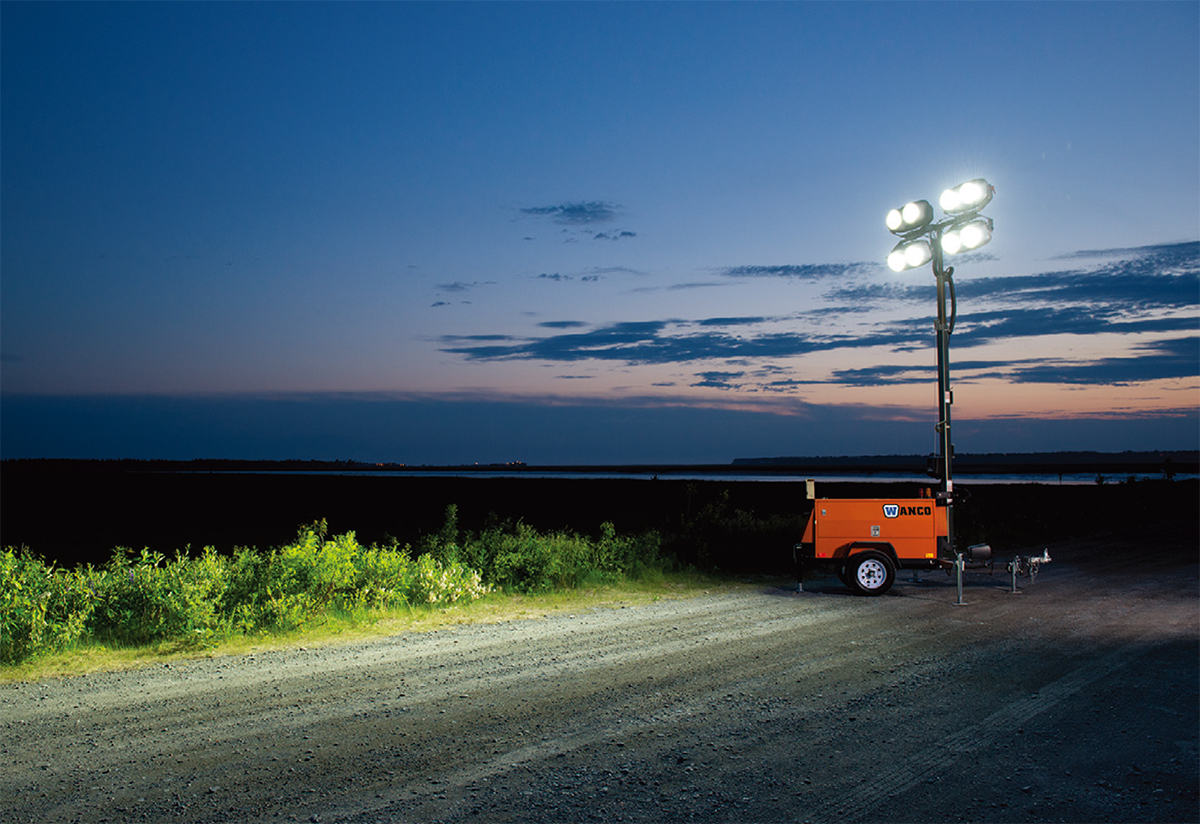
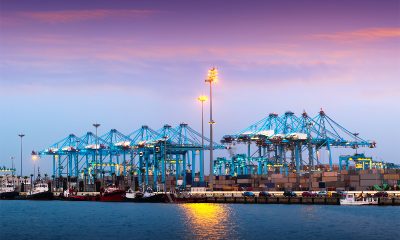
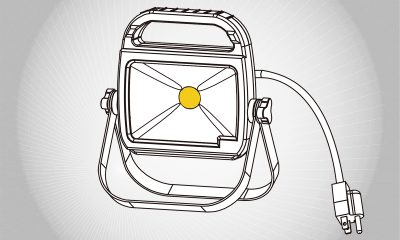
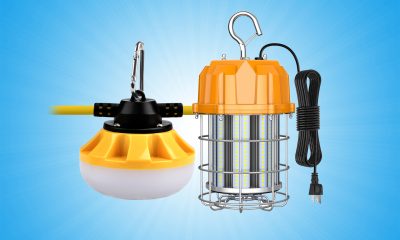
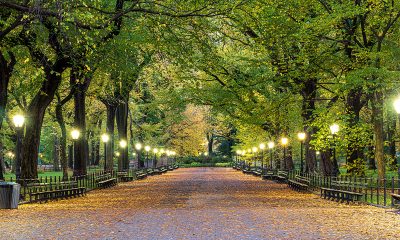
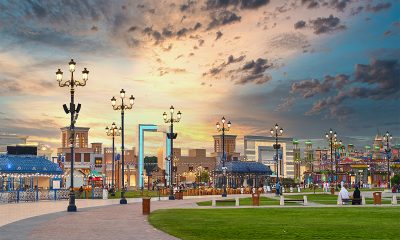
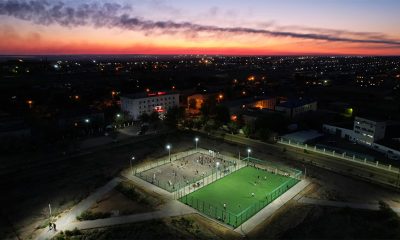
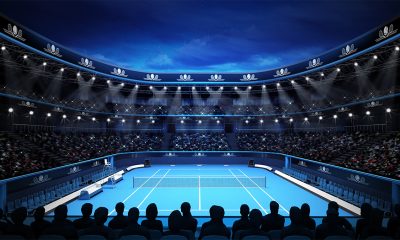
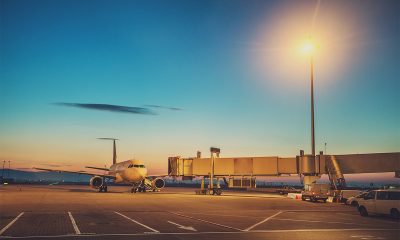
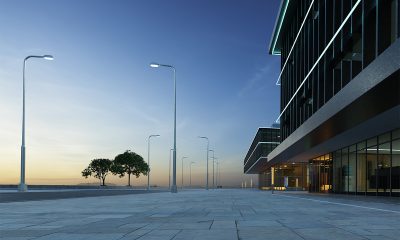
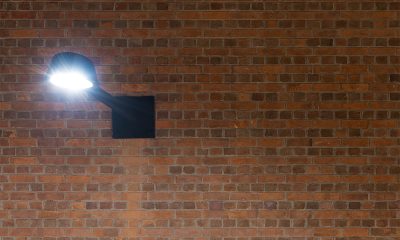
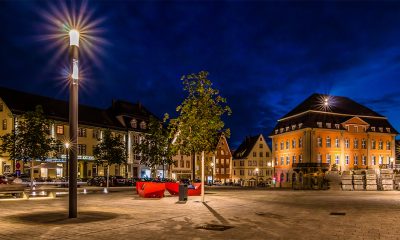
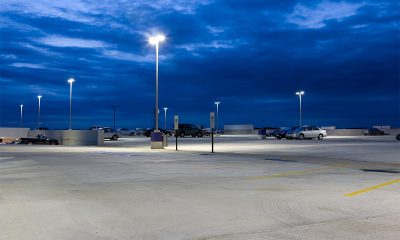





Loading...